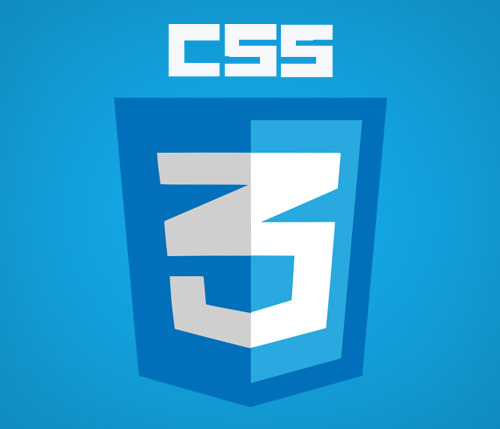Cascading Style Sheets (CSS)
Cascading Style Sheets (CSS) is a style sheet language used for describing the look and formatting of a document written in a markup language. While most often used to change the style of web pages and user interfaces written inHTML and XHTML, the language can be applied to any kind of XML document, including plain XML, SVG and XUL. Along with HTML and JavaScript, CSS is a cornerstone technology used by most websites to create visually engaging webpages, user interfaces for web applications, and user interfaces for many mobile applications.
(Wikipedia)
Works Developed in this Platform:
- 1 of 7
- next ›
CSS was first proposed by Håkon Wium Lie on October 10, 1994. At the time, Lie was working with Tim Berners-Lee at CERN. Several other style sheet languages for the web were proposed around the same time, and discussions on public mailing lists and inside W3C resulted in the first W3C CSS Recommendation (CSS1) being released in 1996. In particular, Bert Bos' proposal was influential; he became co-author of CSS1 and is regarded as co-creator of CSS.
CSS 1
The first CSS specification to become an official W3C Recommendation is CSS level 1, published on December 17, 1996. Håkon Wium Lie and Bert Bos are credited as the original developers. Among its capabilities are support for
- Font properties such as typeface and emphasis
- Color of text, backgrounds, and other elements
- Text attributes such as spacing between words, letters, and lines of text
- Alignment of text, images, tables and other elements
- Margin, border, padding, and positioning for most elements
- Unique identification and generic classification of groups of attributes
The W3C no longer maintains the CSS 1 Recommendation.
CSS 2
CSS level 2 specification was developed by the W3C and published as a recommendation in May 1998. A superset of CSS 1, CSS 2 includes a number of new capabilities like absolute, relative, and fixed positioning of elements and z-index, the concept of media types, support for aural style sheets (which were later replaced by the CSS 3 speech modules) and bidirectional text, and new font properties such as shadows.
The W3C no longer maintains the CSS 2 recommendation.
CSS 2.1
CSS level 2 revision 1, often referred to as "CSS 2.1", fixes errors in CSS 2, removes poorly supported or not fully interoperable features and adds already-implemented browser extensions to the specification. To comply with the W3C Process for standardizing technical specifications, CSS 2.1 went back and forth between Working Draft status and Candidate Recommendation status for many years. CSS 2.1 first became a Candidate Recommendation on February 25, 2004, but it was reverted to a Working Draft on June 13, 2005 for further review. It returned to Candidate Recommendation on 19 July 2007 and then updated twice in 2009. However, since changes and clarifications were made, it again went back to Last Call Working Draft on 7 December 2010.
CSS 2.1 went to Proposed Recommendation on 12 April 2011. After being reviewed by the W3C Advisory Committee, it was finally published as a W3C Recommendation on 7 June 2011.
CSS 3"CSS3" redirects here. For other uses, see CSS3 (disambiguation).
Taxonomy and status of CSS3.
Unlike CSS 2, which is a large single specification defining various features, CSS 3 is divided into several separate documents called "modules". Each module adds new capabilities or extends features defined in CSS 2, preserving backward compatibility. Work on CSS level 3 started around the time of publication of the original CSS 2 recommendation. The earliest CSS 3 drafts were published in June 1999.[
Due to the modularization, different modules have different stability and statuses. As of June 2012, there are over fifty CSS modules published from the CSS Working Group., and four of these have been published as formal recommendations:
- 2012-06-19: Media Queries
- 2011-09-29: Namespaces
- 2011-09-29: Selectors Level 3
- 2011-06-07: Color
(Wikipedia)


